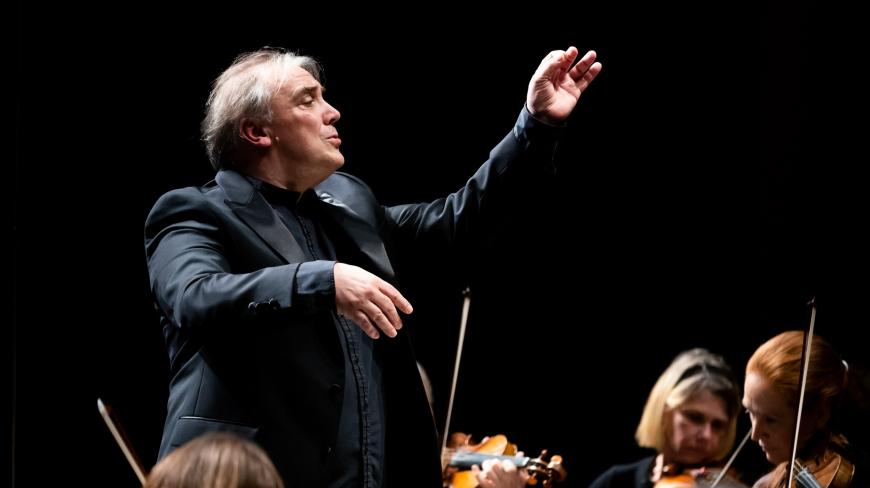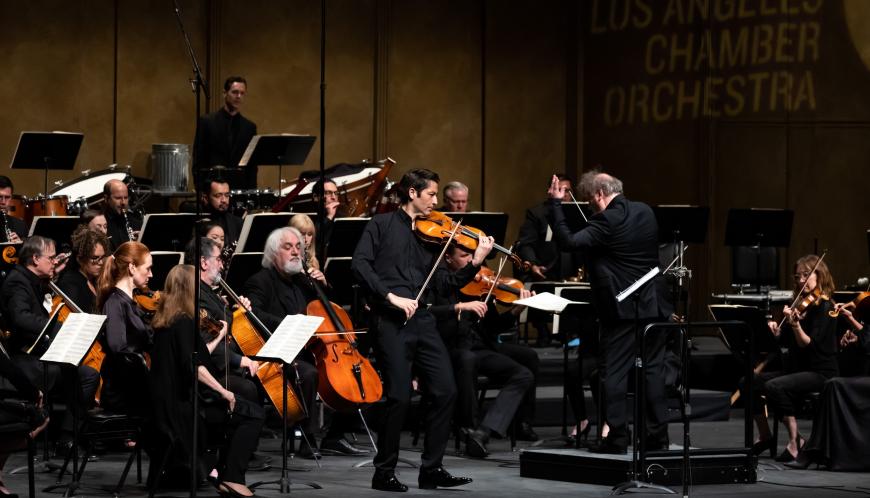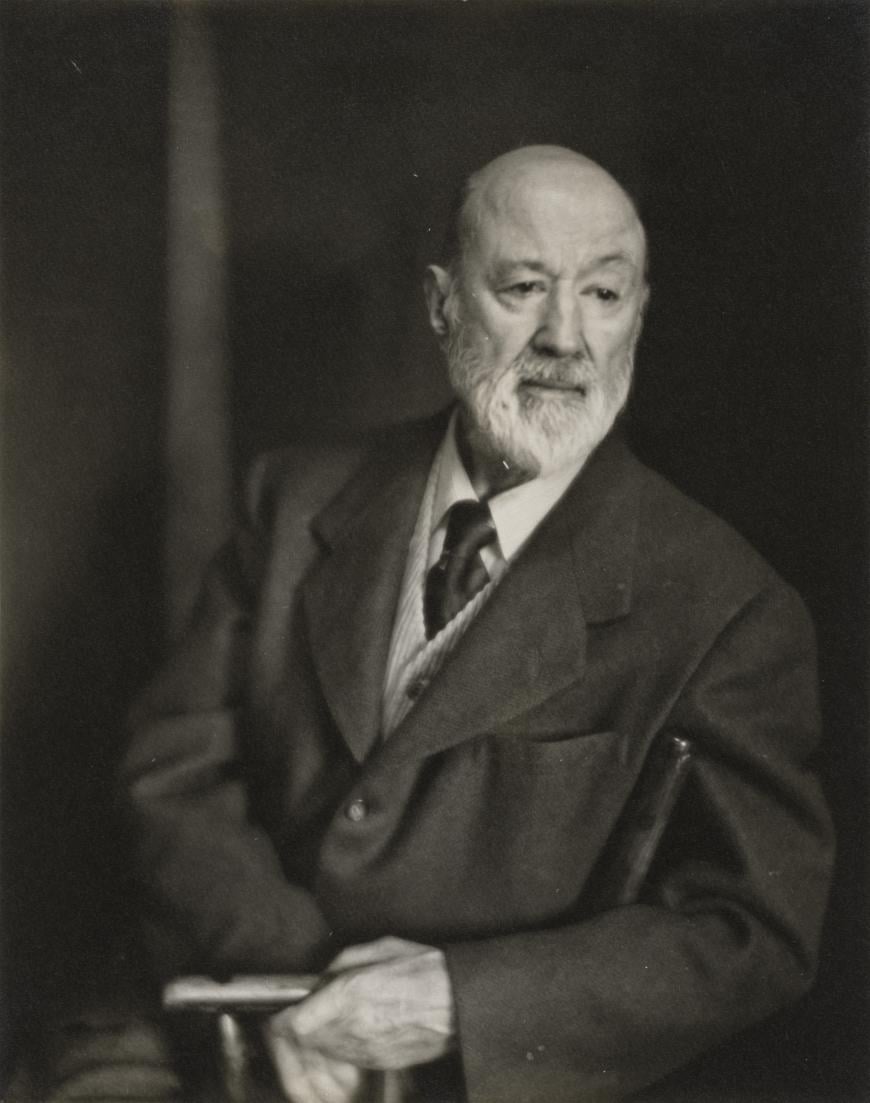
It doesn’t take genius insight to see the spiritual, open-air kinship between Charles Ives’s Symphony No. 3 (“The Camp Meeting”) and Beethoven’s Symphony No. 6 (“Pastoral”) — two soulmate pieces that have rarely, if ever, been paired in concert before. Jaime Martín, the ever-in-motion conductor of Los Angeles Chamber Orchestra, had no trouble finding the connection, and together with a lively recent concerto by Jessie Montgomery, the two symphonies made for a splendid Earth Day program at UCLA’s Royce Hall on Saturday night, April 22.
The Montgomery piece, L.E.S. Characters, a concerto for viola and orchestra — and a LACO co-commission — is particularly intriguing because, up until now, this composer has been known mainly for writing neoclassical-styled miniatures, often with a social agenda, that have been popping up all over the contemporary American music scene. Again, though, she is dealing up short forms here; all five movements of this 15-minute concerto are, in effect, miniatures, from roughly two to five minutes in length.
The concerto’s title is almost self-explanatory. “L.E.S.” is shorthand for Lower East Side, the New York City neighborhood in which Montgomery, as well as the evening’s soloist, Masumi Per Rostad, grew up. “Characters” stands for a gallery of creative denizens from the streets whom the two knew.

For “The Can Man,” who gets two movements bookending the piece, there is a lot of rattling mallet percussion and drum work, along with busy, choppy lines for the viola and an alto sax that rises out of the texture to converse with the soloist for a short time. In “The Poet,” the viola sings over the consistent clatter of wood blocks. An apparently sensitive “Mosaic Man” gets the central third movement, which quickly turns into a dreamy sequence lined with harp ripplings. “Garbage Art” has rifleshot strokes from the bass drum underneath long, lyrical viola lines. All of these character sketches come forth in an ear-tickling, very appealing tonal musical language that employs far more sources of orchestral color than some of Montgomery’s previous pieces have.
One thing that links Montgomery and Ives is the habit of strolling through their old neighborhoods, partly to savor the nostalgia and partly to act as human antennas picking up diverse, colliding sounds and working them into their music (Montgomery’s Coincident Dances for orchestra does that). While the collisions in other Ives pieces do not occur in his Symphony No. 3, the nostalgia element does, with the composer recalling hymns from his New England childhood.

What’s really intriguing is that there were two printed copies made of the Ives score back in 1911, and none other than Gustav Mahler happened to pick one up to take home with him to Vienna. Unfortunately, he died before he could decide whether or not to conduct it. It’s one of the great “ifs” of American music. If Mahler had lived, could an Ives boom have taken place right then and there instead of having to wait half a century? The symphony at that time also might have sounded different from the version that Lou Harrison pulled together from Ives’s messy manuscripts in the 1940s.
In any case, this is — if not in a specifically descriptive way, certainly in mood — Ives’s “Pastoral” Symphony, one that plays as well when performed by a chamber orchestra as it does with full symphonic forces. Martín clearly adores the score, getting a smooth, warm sound from the LACO strings with thrusting attacks, tossing the playful tunes of the second movement in the air at a fleet, urgent pace, and enforcing a combination of lushness and intimacy in the finale. Though the “distant” chimes rang a bit too loudly at the contemplative close of the piece, overall it was a marvelous performance.
With mostly vigorous tempos and impulsive balances and phrasings here and there, Martín’s interpretation of Beethoven’s Sixth was full of personality and sensitivity. The uninhibited conductor could get physically excited as he whipped up the central portion of the “Merry gathering of country folk” scherzo, and he unleashed sheer terror from the thunderstorm movement while allowing the not-too-fast finale to flow with a generously welcoming spirit. LACO still sounds somewhat less polished these days than in seasons before Martín arrived, but this could very well be a good thing with a conductor who likes to push the expressive envelope and isn’t afraid to leave an exposed a seam or two. As a result, we heard the “Pastoral” with fresh ears.




